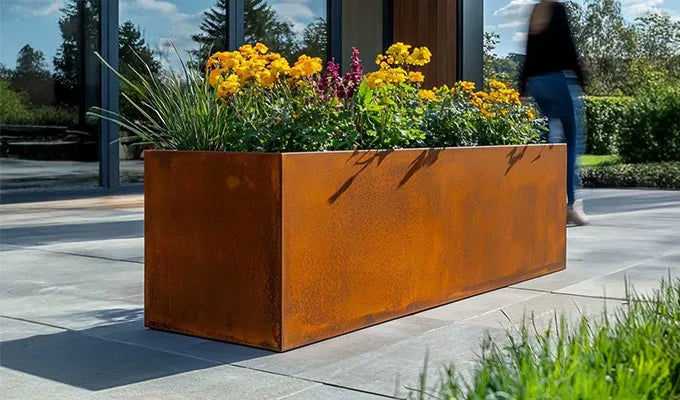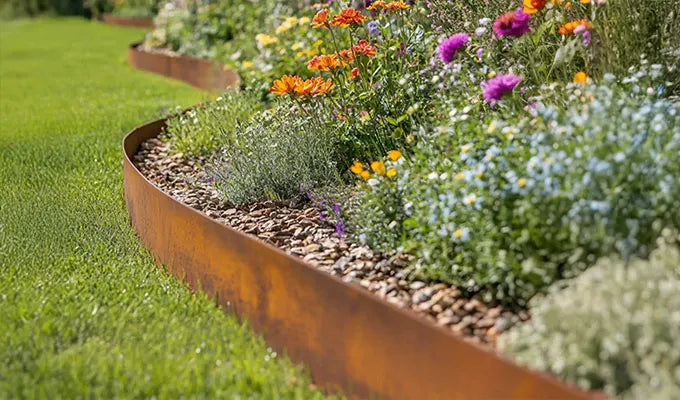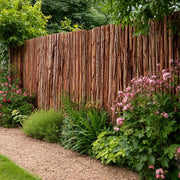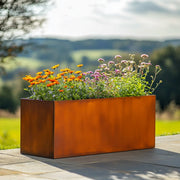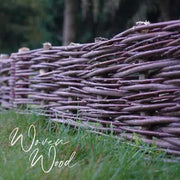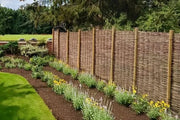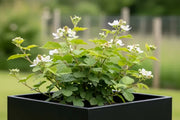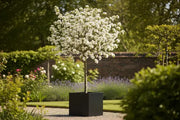Growing and Harvesting Blackcurrants: A Complete Guide
Blackcurrant bushes are a wonderfully rewarding addition to any English garden, offering a bumper crop of highly nutritious berries ideal for jams, pies, crumbles, and cordials. These hardy shrubs are remarkably well-suited to the cooler, temperate climate of the United Kingdom, thriving in conditions that might challenge other fruit varieties.
To ensure a bountiful harvest, selecting the right spot is paramount. Blackcurrants prefer a site that receives full sun to partial shade; while full sun encourages the best fruit set and flavour development, they will still perform admirably in a slightly shaded location, particularly in hotter summers. The soil should be rich, well-drained, and moisture-retentive, ideally with a pH between 6.0 and 7.0. Incorporating plenty of organic matter, such as well-rotted compost or manure, before planting will significantly improve soil structure and fertility, providing an excellent start for your bushes.
Planting is best undertaken during the dormant season, typically from late autumn to early spring. Bare-root plants are cost-effective and establish well when planted during this period. For container-grown plants, planting can occur at almost any time of year, provided the ground isn't frozen or waterlogged. Dig a hole twice as wide as the root ball and to the same depth. Ensure the plant is set slightly deeper than it was in the nursery, with the lowest branches just below the soil surface, as this encourages the development of strong new shoots from the base. Space individual bushes approximately 1.5 metres apart to allow for good air circulation and growth.
Blackcurrants are also an excellent choice for container growing, particularly suitable for smaller gardens, patios, or even balconies where space is at a premium. Choose a large, sturdy pot at least 45-60 cm (18-24 inches) in diameter and depth to accommodate the root system. Ensure the container has ample drainage holes. Use a good quality, loam-based compost mixed with some slow-release fertiliser. Potted blackcurrants will require more frequent watering than those in the ground, especially during dry spells and when fruiting, and will benefit from regular liquid feeding throughout the growing season.
Ongoing care involves consistent watering, particularly during establishment and during periods of fruit development, to prevent the soil from drying out. A yearly mulch of organic matter around the base of the plant in spring will help retain moisture and suppress weeds. Feeding with a balanced granular fertiliser in early spring will provide essential nutrients for strong growth and fruit production. However, the most crucial aspect of blackcurrant care is pruning.
Blackcurrants produce the best fruit on wood that is two to three years old. Pruning should be carried out in the dormant season, usually from late autumn to early spring, after the leaves have fallen. The aim is to remove older, less productive wood and encourage new growth. Start by removing any dead, diseased, or damaged branches. Then, cut back approximately one-third of the oldest stems right down to ground level, choosing those that are dark in colour and have produced fruit for several years. This systematic removal encourages a continuous supply of young, productive wood, ensuring a healthy and productive bush for many years.
In the English climate, blackcurrant bushes typically begin to flower in April or May. These small, greenish-white or pinkish flowers are often self-fertile, but pollination by bees and other insects will significantly improve fruit set. Following successful pollination, the berries will start to form. The fruit then develops throughout late spring and early summer, ripening from late June through to August, depending on the variety and local conditions.
Knowing when to harvest is key to enjoying the best flavour. Blackcurrants are ready for picking when they are uniformly black, plump, and easily detached from the bush. A good indicator is when they taste sweet rather than tart straight off the branch. They usually ripen over a period of a few weeks, so you can often enjoy multiple picking sessions. Harvest the fruit by gently pulling the entire strig (cluster of berries) from the branch, rather than individual berries, to minimise damage. They can be used fresh, frozen, or processed immediately for preserves.


